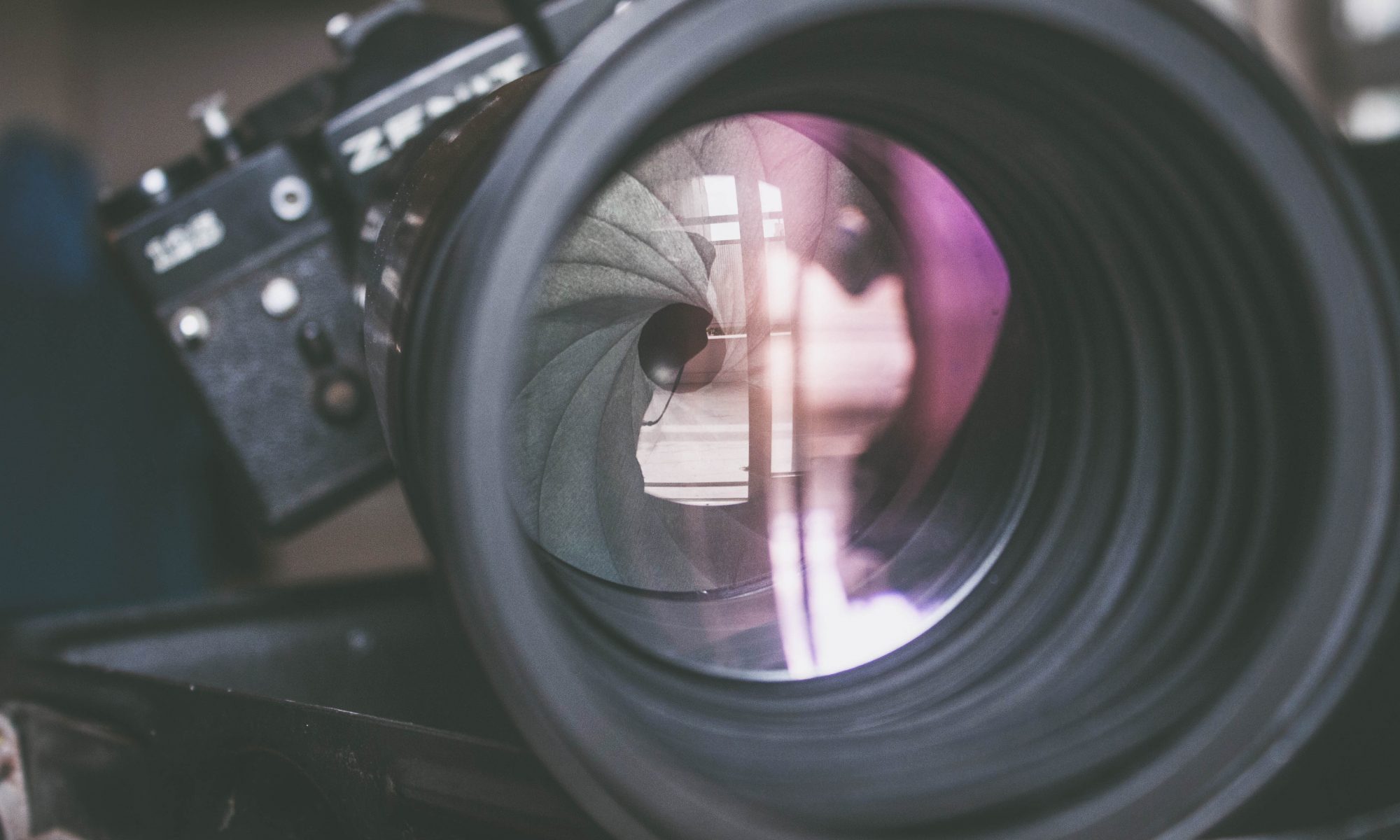“A picture is worth a thousand words.”
In my experience, these words have never been more relevant and applicable to my work as a dermatologist. I wish I had known when I was starting out just how important the element of photography is. Especially if one wishes to publish articles and lectures, nationally and internationally.
As a young practitioner, I would have taken courses in photography. Or spent more time learning from the photographers who were on staff in our department at NYU. Over the years, I’ve come to realize that one can have the best results in the world. But in order to be published in peer-reviewed journals or to present at meetings, those results are only as good as one’s best photos.
Photos must pay meticulous detail to lighting and camera settings. I find that this is particularly important when photographing atrophic acne scars, striae, cellulite-these types of conditions are notoriously difficult to capture. It is important to have a dedicated photography area set-up with standardized methods in place to position the patient.
Once I realized the critical role that photography plays in a medical and cosmetic dermatologic practice, I quickly brought myself up to speed with training and the purchase of state-of-the-art equipment. For young practitioners, before purchasing lasers, RF, or ultrasound technologies, I would advise investing in imaging/photographic equipment and training. Set-up a studio, get the lighting right, train your staff. And let your best results be a true reflection of your hard work and dedication.

